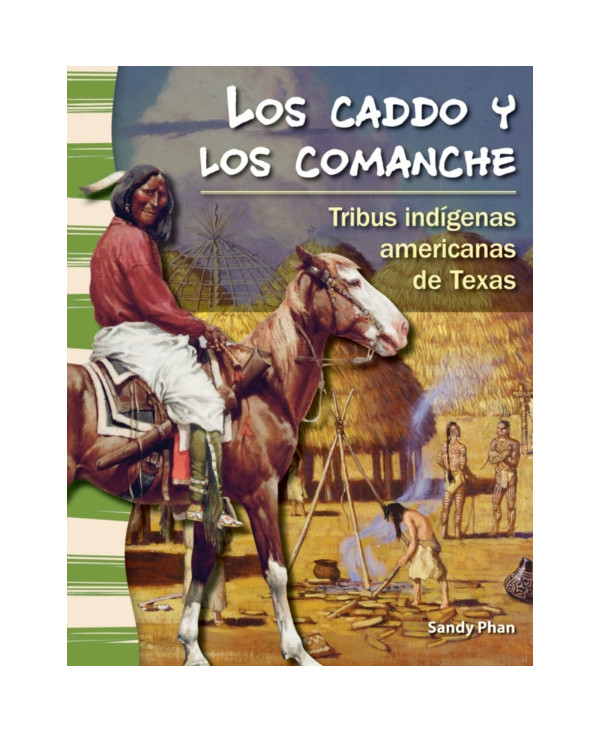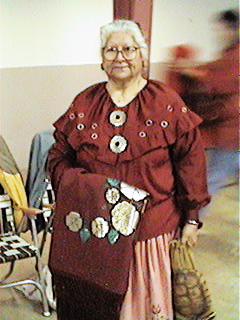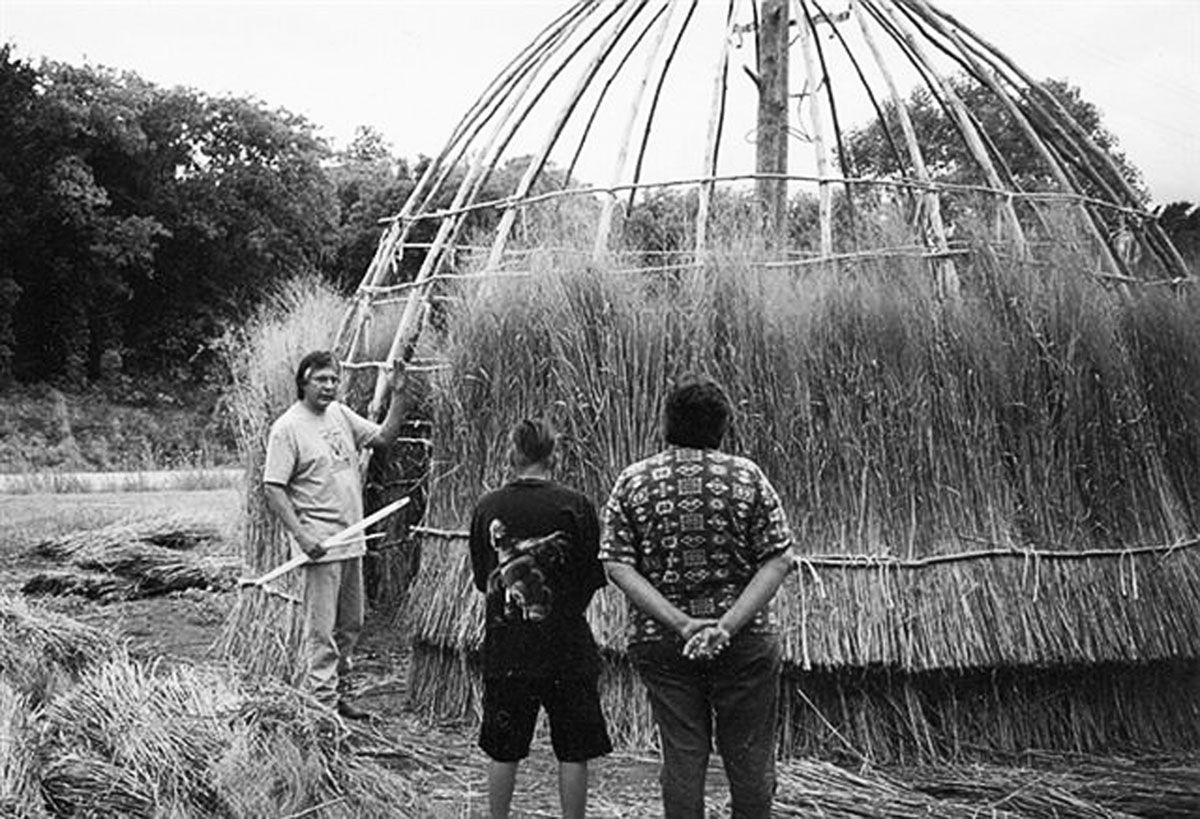The Caddo in Texas: A Legacy of Resilience and Resistance
The Caddo in Texas: A Legacy of Resilience and Resistance

The Caddo people, a Native American tribe with a rich history and culture, have called Texas home for centuries. Their presence in the state, marked by intricate pottery, impressive mounds, and a deep connection to the land, is a testament to their resilience and resistance. But understanding the Caddo population in Texas today requires delving into their past, exploring their journey through time, and recognizing the challenges they’ve faced.
A History Rooted in the Land
Related Articles: The Caddo in Texas: A Legacy of Resilience and Resistance
- New Mexico’s Tapestry Of Tribes: A Guide To The State’s Indian Reservations
- Unveil the Heart of Sedona: Discover the Native American Tribes That Call It Home
- Unveiling Virginia's Native American Heritage: Discover Lost Tribes and Ancient Wisdom
- Beyond The Stereotype: The Unexpected Wealth Of Texas’ Native Americans
- Unveiling the Native American Reservations Map 2022: A Journey of Discovery
The Caddo, originally known as the "Hasinai" meaning "people," were a sophisticated society. They thrived in the fertile lands of East Texas, where they cultivated crops, built elaborate villages, and developed a complex social structure. Their influence extended far beyond their own territory, impacting neighboring tribes and establishing a strong trading network.
The Caddo lived in a world of interconnectedness, their lives entwined with the natural world. They understood the rhythms of the seasons, the language of the animals, and the power of the earth. Their spiritual beliefs, deeply rooted in nature, guided their daily lives and shaped their relationship with the land.
This harmony with the land, however, would be disrupted.
The Shadow of Colonization
The arrival of European settlers in the 17th century marked a turning point in Caddo history. The Spanish, driven by the pursuit of gold and land, clashed with the Caddo, leading to conflict and displacement. The introduction of diseases, to which the Caddo had no immunity, further decimated their population.
Despite these challenges, the Caddo remained resilient. They fought back against the encroaching settlers, forming alliances with other tribes and seeking refuge in remote areas. They clung to their traditions and beliefs, even as their world was shrinking.
The Trail of Tears and Beyond
The 19th century brought further hardship. The Caddo, like many other tribes, were forced to endure the devastating "Trail of Tears," a forced removal from their ancestral lands. They were relocated to Oklahoma, where they faced new challenges in adapting to unfamiliar surroundings and establishing new lives.

The Caddo in Texas, though scattered and fragmented, continued to persevere. They held onto their cultural heritage, passing down their stories, songs, and traditions through generations. They fought for recognition and self-determination, seeking to reclaim their rightful place in the state.
The Caddo Today: A Legacy of Resilience
Today, the Caddo in Texas are a vibrant community, working to preserve their cultural heritage and build a brighter future. They are actively involved in language revitalization efforts, ensuring that their ancestral tongue is not lost. They are also engaged in efforts to protect their sacred sites and promote awareness of their history and culture.
The Caddo Nation of Oklahoma, the largest Caddo tribe, has a strong presence in Texas. They work closely with the state government and other organizations to address the needs of their people, including education, healthcare, and economic development.
The Caddo story is one of resilience, resistance, and cultural preservation. Their journey, marked by both hardship and triumph, is a reminder of the enduring strength of their spirit and the importance of recognizing and honoring their legacy.

Beyond the Numbers: A Deeper Understanding
While the exact number of Caddo people living in Texas today is difficult to ascertain, it’s important to understand that the Caddo population is not merely a statistic. It’s a community of individuals with unique stories, experiences, and aspirations.
The Caddo in Texas are artists, educators, entrepreneurs, and community leaders. They are active participants in the state’s cultural landscape, contributing to its rich tapestry of traditions and perspectives. They are a reminder that the story of Texas is not complete without acknowledging the contributions and resilience of its indigenous peoples.
Looking Ahead: A Call for Recognition and Reconciliation
The journey of the Caddo in Texas is far from over. They continue to face challenges, including poverty, lack of access to resources, and the ongoing threat of cultural assimilation.

However, there is hope. The growing awareness of the Caddo’s history and culture is creating opportunities for greater understanding and collaboration. The state of Texas is taking steps to acknowledge the Caddo’s rightful place in its history and to promote their cultural heritage.
The future of the Caddo in Texas is a story yet to be written. It’s a story that will be shaped by their own determination, the support of their allies, and the willingness of society to recognize and honor their contributions.
FAQ About the Caddo Population in Texas
Q: How many Caddo people live in Texas today?
A: It’s difficult to give an exact number. The Caddo population in Texas is spread across various communities and is not always fully documented.
Q: Where are the Caddo located in Texas?
A: While the Caddo were originally spread throughout East Texas, their population today is scattered across the state. The Caddo Nation of Oklahoma, the largest Caddo tribe, has a significant presence in Texas.
Q: What are some of the challenges faced by the Caddo in Texas?
A: The Caddo in Texas face many challenges, including poverty, lack of access to resources, and the ongoing threat of cultural assimilation.
Q: How can I learn more about the Caddo in Texas?
A: There are many resources available to learn more about the Caddo in Texas, including:
- The Caddo Nation of Oklahoma website: [website address]
- The Texas Historical Commission website: [website address]
- Local museums and historical societies: Contact your local museums and historical societies to inquire about their collections and exhibits related to the Caddo.
- Books and articles: There are many books and articles available that explore the history and culture of the Caddo in Texas.
Q: How can I support the Caddo in Texas?
A: There are many ways to support the Caddo in Texas:
- Learn about their history and culture: Educate yourself and others about the Caddo’s contributions to the state.
- Support their cultural preservation efforts: Donate to organizations working to preserve Caddo language, traditions, and sacred sites.
- Attend events and festivals: Participate in events and festivals that celebrate Caddo culture.
- Advocate for their rights: Support policies that promote the well-being and self-determination of the Caddo people.
By understanding and appreciating the legacy of the Caddo in Texas, we can work together to ensure that their story continues to be told and their culture continues to thrive.

Closure
Thus, we hope this article has provided valuable insights into The Caddo in Texas: A Legacy of Resilience and Resistance. We hope you find this article informative and beneficial. See you in our next article!